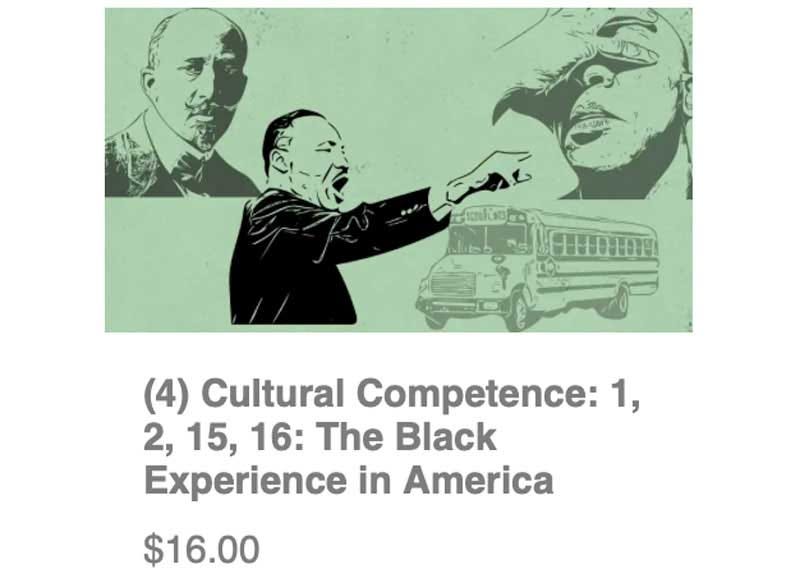Our Stories Drive Change: Black Entrepreneurs in D.C., and Johns Hopkins Sibley's Ward Infinity
The last full lesson in The Black Experience in America: The Course — and this material is for adults down to junior high — is called The Microscope.
It’s called that because I believe that’s an apt name for today’s reality when it comes to race in America. Under digital technology’s microscope, we can see that the push for multiculturalism in the post-Civil Rights era came up short.
One element of the digital microscope is the quantitative data we see from places like public schools. In community after community, we see that many Black students and others from disadvantaged backgrounds aren’t receiving the services and outcomes we would have liked to think they were. Magnet schools that brought mostly White and Asian students into urban environments often haven’t closed achievement gaps for everyone; they’ve benefitted some, but also allowed schools to paper over the needs of some demographic groups by using the high scores of others to boost the average.
Another element of the digital microscope is the qualitative data we get from smartphone cameras that show the footage of street-level tragedy, and how that often differs from the narrative we get from official sources. Without the smartphone video that showed Derek Chauvin kneeling on George Floyd’s neck, I think it’s fair to say that trial would have turned out far differently … if there’d have been a trial at all.
One way of looking at The Microscope — and it’s the way I look at it, because I’m a communicator — is that it’s about storytelling. At the macro level, the data uncovers stories that otherwise would have been ignored. At the micro level, digital video clarifies stories that would have been dismissed. Stories have power. Right now, that power largely serves to disrupt the popular narrative of a post-racial society.
But what if more stories served instead to build support for progress?
That’s what I see happening at Ward Infinity, a program out of Johns Hopkins Sibley Memorial Hospital in Washington, D.C., my hometown. The program helps local entrepreneurs in Southeast D.C. to launch companies that benefit public health.
I signed on to be an adviser to the program earlier this year, after talking with Veronica Vela, director of community health design and innovation at the hospital. (She also happens to be a high school friend of mine.) And a few days ago I had the privilege of presenting a workshop I created on the power of storytelling in business.
It’s my hope that the change these entrepreneurs make, and the stories they create in the process, will hold up under The Microscope. That’s the challenge of our time.
To learn more about The Course, and Lesson 17, The Microscope, see the downloads below:
Download the Premium version of the lesson outline of The Course here for $5. You’ll also find a free version here.
You can take The Course online. Buy a lesson bundle, and send others the link:



